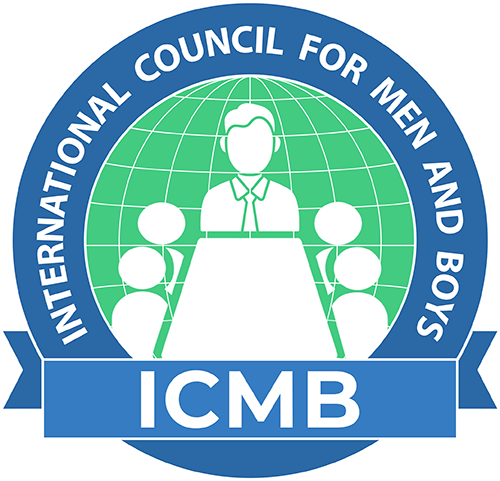
PRESS RELEASE
Contact: G. Lawrence DeMarco, LLM
Phone: +1-215-901-1930
Email: info@menandboys.net
New Academic Book Shatters the Myth: Men Can’t be DV Victims
July 24, 2025 — A gruesome domestic murder in Delhi—where a woman drugged and electrocuted her husband to be with his cousin—highlights a disturbing reality: men can be, and often are, victims of intimate partner violence (1).
For decades, the dominant domestic violence narrative has been one-sided—casting men as abusers and women as victims. Now, a groundbreaking volume—The Routledge Handbook of Men’s Victimisations in Intimate Relationships—shatters that myth with a surge of international research (2).
Edited by Drs. Louise Dixon, Denise A. Hines, and Emily M. Douglas, the book compiles findings from 31 experts across five continents. Their message is clear: intimate partner violence (IPV) is not gendered—it’s human.
Globally, men represent a major share of IPV victims. According to the handbook, in the U.S., 47.3% of men report lifetime IPV. In Canada, current IPV rates are higher among men (2.9%) than women (1.7%). In New Zealand, lifetime rates are nearly equal—30.9% for women vs. 29.9% for men. In Australia, the UK, France, Portugal, and South Korea, men comprise 25–33% of victims (3).
This research challenges the false belief that men are inherently violent and women inherently vulnerable (4). Even more striking is the rate of mutual violence—where both partners are abusive in nearly 50% of cases—overturning long-held assumptions about male-only aggression (4).
Men experience every form of abuse:
- Physical: attacks with knives, blunt objects, or during sleep
- Sexual: forced penetration, choking, restraint
- Psychological: gaslighting, threats, isolation, property destruction
- Economic/Legal: drained accounts, false accusations, weaponized restraining orders (3)
Despite male victimization, services still prioritize women. Research shows men are less likely to be believed, supported, or taken seriously when seeking help (5).
Male survivors often face ridicule or suspicion—especially from police. For African American men, injustice is compounded. A 2024 survey found many fear criminalization when seeking help, pointing to both emotional and systemic barriers (6).
One of the most compelling findings: lesbian couples have the highest IPV rates—higher than gay-male or heterosexual pairings (44% of lesbian and 61% of bisexual women vs. 35% of straight women; 26% of gay men and 37% of bisexual men vs. 29% of straight men). These numbers directly refute the “violent man” stereotype—if male aggression were the core driver, female-female violence wouldn’t top the charts (7).
The Routledge Handbook breaks new ground with data from six continents, highlighting IPV among ethnic and gender minorities, and men in underserved demographics. The evidence is clear: IPV affects men worldwide, across identities and borders.
This book’s timely release demands that governments and media abandon outdated ideologies and recognize violence for what it is: often mutual and inclusive of male victims. It’s time public policy caught up with the evidence and supported all victims.
Sources:
(1) https://x.com/DeepikaBhardwaj/status/1946845852296987010/photo/1
(2) https://www.routledge.com/The-Routledge-Handbook-of-Mens-Victimisation-in-Intimate-Relationships/Dixon-Hines-Douglas/p/book/9780367701802
(3) https://www.openaccessgovernment.org/article/male-victims-of-intimate-partner-violence-insights-from-twenty-years-of-research/193401/
(4) https://endtodv.org/wp-content/uploads/2021/09/Thirty-Years-of-DV-Half-Truths-Falsehoods-and-Lies.pdf
(5) https://pmc.ncbi.nlm.nih.gov/articles/PMC9554285/
(6) https://endtodv.org/black-men/
(7) https://volunteerlegaladvocates.org/2021/06/domestic-violence-peaks-more-than-ever-for-the-lgbtqia-community/
